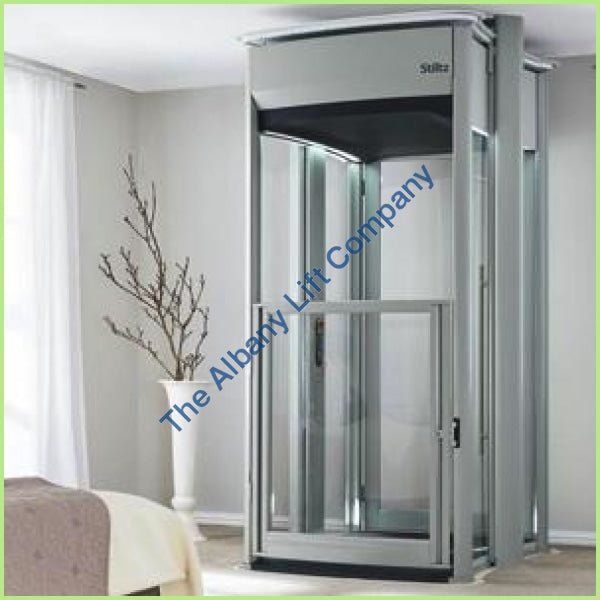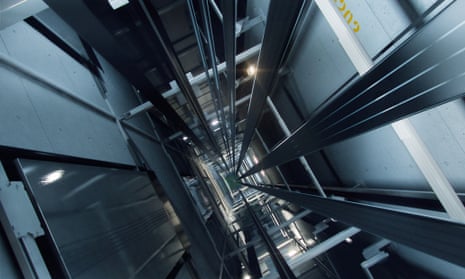Digging Into the World of Elevators: Typical Issues Encountered by Different Lift Devices
As we browse through the upright transport systems of modern-day buildings, lifts stand apart as a vital element of our every day lives. Nevertheless, behind their seamless operation exists a world of detailed systems that can sometimes run into challenges. From hydraulic lifts to traction systems and machine-room-less layouts, each lift type includes its collection of typical concerns. Understanding these obstacles is essential for making certain the smooth functioning of these crucial systems. Allow's explore the intricacies that underlie the procedure of elevators and the prospective concerns that can occur, clarifying the intricate web of lift systems.
Hydraulic Elevators
Hydraulic elevators, often chosen for low-rise buildings, use fluid stress to regulate the movement of the elevator automobile (lift repair companies). This system entails a hydraulic pump pressing oil right into a cyndrical tube, causing the elevator to relocate the desired direction. While hydraulic elevators are understood for their peaceful and smooth procedure, they do include their very own collection of common problems
One common problem with hydraulic elevators is oil leak. In addition, problems with the control system, such as damaged shutoffs or a malfunctioning pump, can trigger interruptions in the elevator's activity.
Normal maintenance and prompt repairs are necessary to ensure the smooth performance of hydraulic lifts. By attending to these typical issues proactively, structure proprietors can reduce downtime and ensure the safety and security and effectiveness of their vertical transport system.
Grip Elevators
When taking into consideration upright transportation systems in structures, one more usual kind besides hydraulic lifts is the traction lift. Traction lifts operate utilizing a system of ropes and counterweights that move the lift vehicle by gripping onto the hoist ropes. This device enables for smoother and faster vertical transport compared to hydraulic systems.
Among the usual problems faced by traction elevators is rope wear. The consistent activity of the ropes within the traction system can result in put on and tear gradually, possibly causing the lift to breakdown or end up being unsafe for usage. Regular assessments and maintenance of the ropes are vital to make sure the elevator's appropriate performance and safety.
One more concern that traction lifts might experience is associated with the control system. Problems with the control system can result in concerns such as erratic motion, hold-ups in feedback times, or even total closures. Normal testing and maintenance of the control system are critical to stop such problems and make certain the lift's reliability.
Machine-Room-Less (MRL) Lifts

One of the crucial elements of MRL lifts is the compact gearless grip device that is installed within the hoistway. This equipment effectively drives the elevator vehicle without the demand for large tools located in typical grip lifts. Additionally, MRL elevators typically use a counterweight system to stabilize the car, additional boosting their power efficiency.
In spite of their benefits, MRL elevators might encounter difficulties associated with maintenance and repair work due to the confined area for equipment setup. Access for servicing parts within the shaft can be restricted, calling for specialized training for service technicians. Correct maintenance timetables and routine examinations are crucial to ensure the ongoing smooth operation of MRL elevators.
Overloading and Weight Limitation Issues
Overwhelming and weight limitation issues are critical worries in elevator procedures. Lift suppliers layout raises with specific weight capabilities to ensure passenger safety and security and tools durability.
When elevators are overloaded, it places excessive stress on the motor, cable televisions, and various other parts, possibly triggering breakdowns or malfunctions. Security mechanisms such as sensing units and overload sensing units remain in location to avoid elevators from relocating if they detect excess weight. Furthermore, going beyond weight limits can cause boosted energy usage and wear and tear on the elevator system.
To alleviate overwhelming problems, constructing managers ought to plainly show weight limitations in lifts and enlighten passengers on the importance of sticking to these constraints - lift repair companies. Regular upkeep checks by certified service technicians can additionally assist guarantee that elevators are operating within risk-free weight criteria. By attending to overloading and weight limit concerns proactively, structure owners can boost lift safety and performance
Electric System Failures
Going beyond weight limitations in lifts can not just cause mechanical problems but additionally possibly contribute to electric system failings within the lift infrastructure. Electric system failings are an important worry in elevator operation, as they can create unanticipated closures, breakdowns, and even security hazards. One typical electrical concern is the overheating of components due to too much current flow brought on by straining the lift past its capacity. This can cause harm to the control, wiring, or electric motor systems, causing expensive repairs and downtime.
Additionally, power rises or fluctuations in the electric supply can additionally disrupt the elevator's procedure, affecting its efficiency and security. These electrical disturbances can damage sensitive elevator parts such as control board, circuit card, or sensing units, causing system failures. Normal upkeep continue reading this and assessments are important to identify and address prospective electrical issues immediately, ensuring the secure and reliable procedure of lift systems. By sticking to weight limitations and carrying out regular electrical system checks, structure owners can alleviate the danger of electrical failures in see this page elevators.
Conclusion

Hydraulic lifts, typically preferred for low-rise structures, make use of fluid stress to regulate the activity of the lift auto.When taking into consideration vertical transport systems in structures, one more typical kind aside from hydraulic lifts is the traction elevator. Traction lifts run using a system of ropes and weights that relocate the elevator automobile by clutching onto the hoist ropes. Unlike traditional elevators that call for a different maker space to house the tools, MRL elevators incorporate most of the components within the shaft, removing the need for a devoted maker space.In verdict, lifts face common concerns such as hydraulic breakdowns, grip system failings, and electrical system troubles.